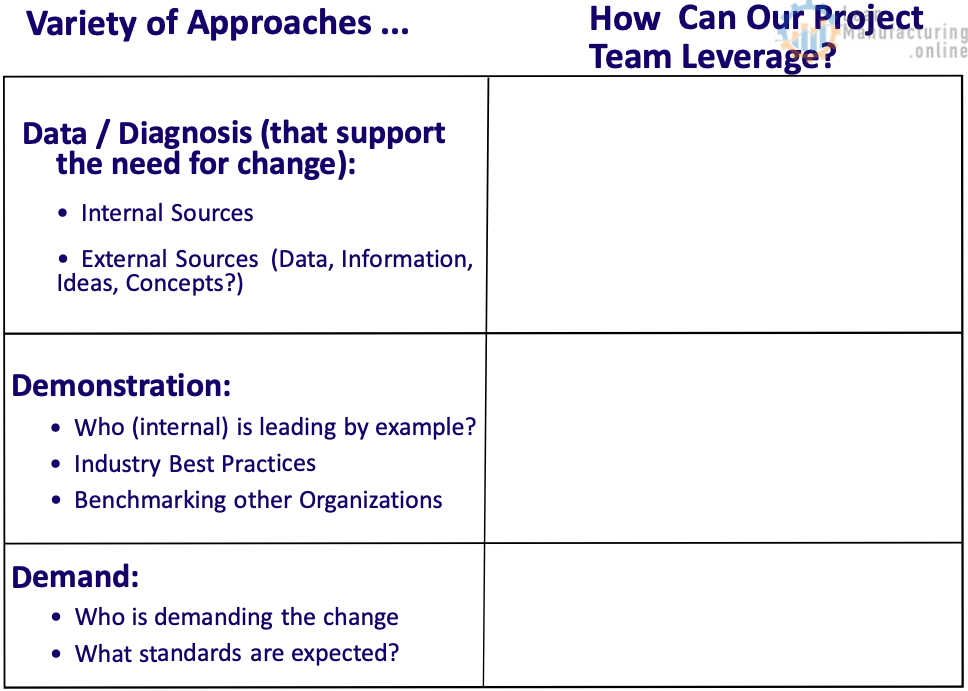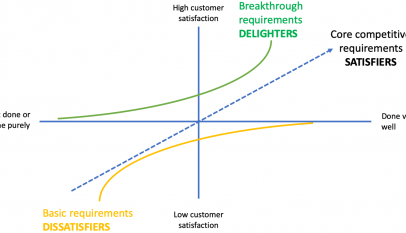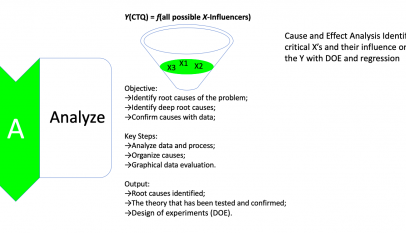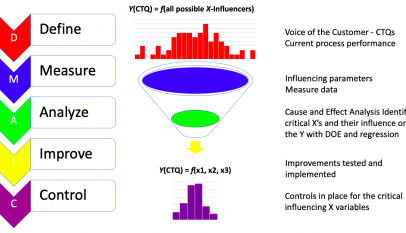- Threats and Opportunity Matrix identifies the “Why?” of a change;
- 3 D’s Analysis helps identify what it will take to get buy in for the change;
- People are influenced in 3 main ways:
- Data;
- Demonstration;
- Demand.
- 3 D’s analysis help identify potential leverage points that the team can use.

June 28, 2025
0 1,401
Mastering the Supplier Quality Audit: A Practical Guide
June 24, 2025
0 1,288
Mastering SPC: A Practical Guide to Process Stability and Capability
July 24, 2025
0 156
Machine Hour Rate Explained: A Complete Guide
July 18, 2025
0 411
9 Powerful Habits of High-Impact Manufacturing Leaders
July 18, 2025
0 256
How High-Performing Teams Sustain Momentum Every Day
June 28, 2025
0 1,401
Mastering the Supplier Quality Audit: A Practical Guide
June 24, 2025
0 1,288
Mastering SPC: A Practical Guide to Process Stability and Capability
July 24, 2025
0 156
Machine Hour Rate Explained: A Complete Guide
July 18, 2025
0 411
9 Powerful Habits of High-Impact Manufacturing Leaders
May 3, 2023
0 6,191
The Kano Analysis
April 13, 2023
0 2,727
Analyze Phase of DMAIC in Lean Six Sigma
April 7, 2023
0 17,517
Lean Six Sigma Process Improvement Cycle – DMAIC
January 24, 2025
0 4,046
Root Cause Analysis Stacking: A Game-Changer for Problem Solving
January 18, 2025
0 3,390
Lean Six Sigma Study Plan
January 18, 2025
0 5,378
A Complete Guide to Lean Six Sigma DMAIC
May 3, 2023
0 6,191
The Kano Analysis
April 13, 2023
0 2,727
Analyze Phase of DMAIC in Lean Six Sigma
April 7, 2023
0 17,517
Lean Six Sigma Process Improvement Cycle – DMAIC
January 24, 2025
0 4,046
Root Cause Analysis Stacking: A Game-Changer for Problem Solving
January 18, 2025
0 3,390
Lean Six Sigma Study Plan
January 18, 2025
0 5,378
A Complete Guide to Lean Six Sigma DMAIC
Most Popular
4M Analysis Process
The purpose of this procedure is to define the steps to do a 4M …

















